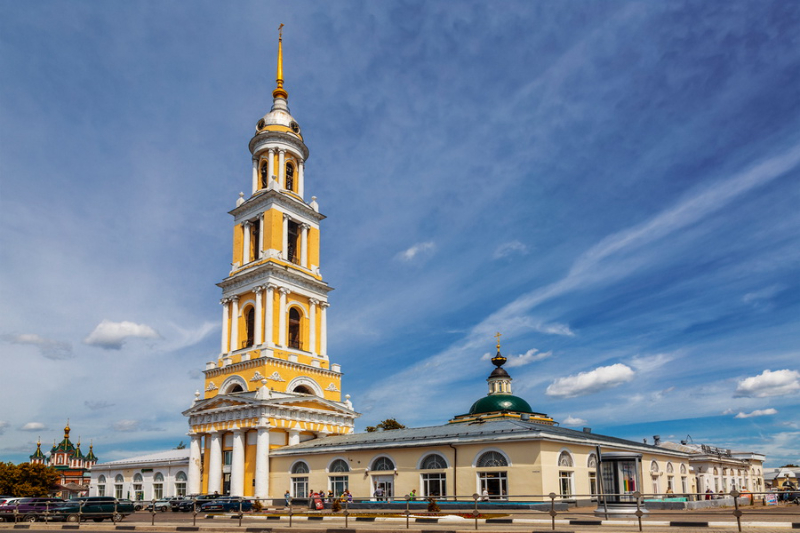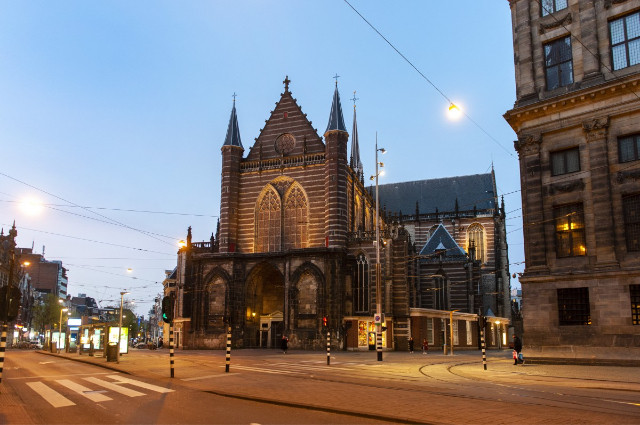Built in a short period of time from 1219 to 1227 at the behest of Cardinal Guala Biccheri, the Abbey of Sant’Andrea in Vercelli is still counted today as one of the first examples of Gothic architecture in Italy. First of all, the gabled façade built in brick and local stone, surmounted by two slender turrets and decorated with three beautiful splayed round portals, dominates. Among these, the central and left portals are still decorated today with sculpted lunettes attributable to the Antelamic school depicting respectively the martyrdom of Saint Andrew and the founder Biccheri in the act of donating the church to the Saint. The interior is in the shape of a Latin cross divided into three naves marked by bays with ribbed cross vaults and pointed arches. Directly on the crossroads of the transept is the central apse where there is the high altar and a beautiful wooden choir of the sixteenth century, illuminated by the large rose window that dominates the rectangular head of the apse. Adjacent to the central apse there are also four side chapels (two on each side) and inside one of these there is still the tomb of Tommaso Gallo, the first abbot of Sant’Andrea. The intersection of the transept is then surmounted by an octagonal tiburium always built in brick while the bell tower that flanks the building on the right is later and dates back to the 15th century. On the left, instead, the church is flanked by a cloister that originally housed the Victorian canons who were entrusted with the management of the Abbey; among the rooms of the cloister: there are the Piccolo Studio and the Aula Magna of the University of Eastern Piedmont that occupy the spaces once used respectively for the guest quarters and the refectory. Finally there is the Chapter House which preserves its medieval forms and houses a very sweet Madonna and Child by Bernardino Lanino.













